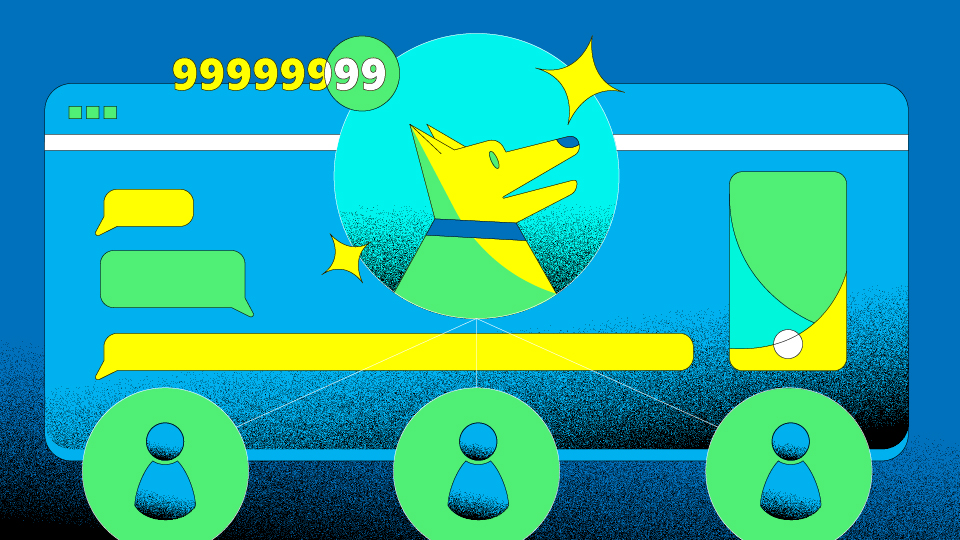Originally published on ION.
(Editor’s note: AList is the publishing arm of Ayzenberg Group. To get up to speed on the rapid changes affecting the influencer marketing landscape, click here.)
Twitter released a study that examines how 75 UK sub-communities use the platform to drive conversation and what inspires them to engage with brands. The data shows that 93 percent of Twitter community members are open to brands collaborating with them, if done correctly.
Compiled in partnership with Jaywing and We Join The Dots, the findings are based on behavior within four influential Twitter micro-communities—health, music, football and gaming. Marketers will find the most success with these Twitter micro-influencers by offering support to their causes. This entails helping amplify awareness of key issues, funding grassroots activities and showing support that justifies the community’s interests.
How a brand’s support should be directed varies across the communities analyzed in the study. For example, members in the health community want to see brands spread awareness and challenge perceptions. In gaming, marketers can utilize these micro-influencers by collaborating with gamers and sponsoring eSports. The music micro-community wants to see brands back emerging artists and local venues.
“Over the last few
Data from the study, “Flocks: Finding and understand communities on Twitter” was sourced from a combination of online diaries in each community, in-depth interviews, cultural analysis and a quantitative survey of 1,500 profiles.
By offering brands this insight, Twitter is trying to replant itself within the journey of someone’s everyday life—where are folks interacting with Twitter and how are they interacting? Taking a closer look at the conversations happening there helps marketers figure out where to slot them into their own consumer journeys.
In general, Twitter’s ability to start a trend and make tweets go viral is valuable for getting eyes on brand activations and product launches, but will tapping small but influential Twitter members lead consumers to action? For example, while pithy tweets are sticky, the character limit hinders brands’ abilities to story tell which is one reason Twitter has historically played a small supporting role in brand campaigns.
With the exception of Popeyes and Wendy’s—who’ve found the Twitter marketing sweet spot—today’s business-to-consumer (B2C) brand needs a platform that can sustain influencer marketing initiatives, which as of late, it hasn’t. Beyond the ease with which companies can handle customer service via Twitter, the platform has remained a place for driving immediate conversation.
Still, Twitter’s influencer sphere has pull with consumers. Last year, Twitter reported that 40 percent of its users have made a purchase as a direct result of a tweet from an influencer—though they didn’t define influencer. Comparatively, 60 percent of Instagram users say they seek out and discover new products on the app.
The more help that a Twitter community needs, the more open it is to brands getting involved, according to the research. If they’re to successfully tap these micro-influencers, marketers must prove their genuine support of a community in the form of money or participation
A niche video game or niche sport where there’s a ton of active dialogue happening, for example, could benefit from a Twitter-based influencer initiative. The tricky part for brands, however, will be coming across as genuine.
Tacking on FTC requirements, like #sponsored or #ad, takes away from the authenticity of the conversation. Given it’s hard to have an authentic conversation that is also sponsored by a brand, it’s important for brands to make sure the influencer marketing system feels natural.
Instagram’s shoppable content gives brands greater power when implementing an influencer campaign as it provides analytics on product page views and tag clicks, giving brands the insight to tweak strategy accordingly. The checkout feature, launched earlier this year, allows users to remain in the app for a seamless shopping experience, making Instagram’s ecommerce influence undeniable.
Twitter saw a 50 percent increase in ad engagement from October 2017 to October 2018. Recently, it launched an Agency Playbook which includes tips on how businesses can use the platform to boost discovery and improve tweet performance.
Whether Twitter will ever evolve into a platform that can back influencer initiatives remains to be seen, but for now, brands should keep their eyes peeled for opportunities within the micro-communities while also experimenting with them before inking any deals.


